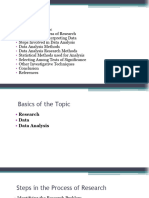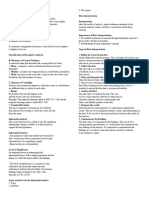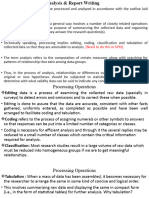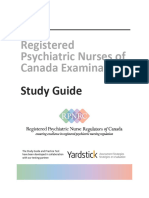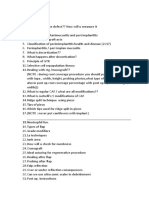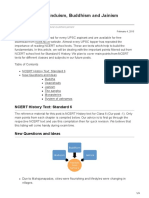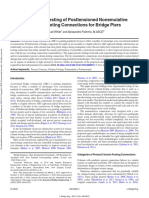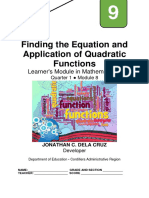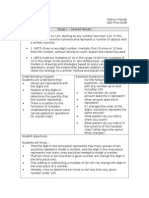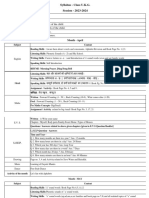0% found this document useful (0 votes)
40 views67 pagesData Analysis Notes
This document provides a comprehensive overview of quantitative data analysis, focusing on statistical significance, correlation, and regression. It outlines the stages of statistical analysis, methods for data preparation, and the importance of defining research problems and variables. Additionally, it discusses various statistical tests and coefficients, including correlation methods and their applications in research.
Uploaded by
davidteaco5Copyright
© © All Rights Reserved
We take content rights seriously. If you suspect this is your content, claim it here.
Available Formats
Download as PPTX, PDF, TXT or read online on Scribd
0% found this document useful (0 votes)
40 views67 pagesData Analysis Notes
This document provides a comprehensive overview of quantitative data analysis, focusing on statistical significance, correlation, and regression. It outlines the stages of statistical analysis, methods for data preparation, and the importance of defining research problems and variables. Additionally, it discusses various statistical tests and coefficients, including correlation methods and their applications in research.
Uploaded by
davidteaco5Copyright
© © All Rights Reserved
We take content rights seriously. If you suspect this is your content, claim it here.
Available Formats
Download as PPTX, PDF, TXT or read online on Scribd
/ 67



































